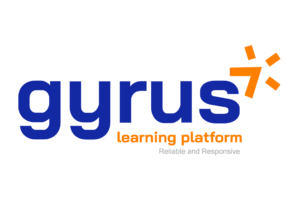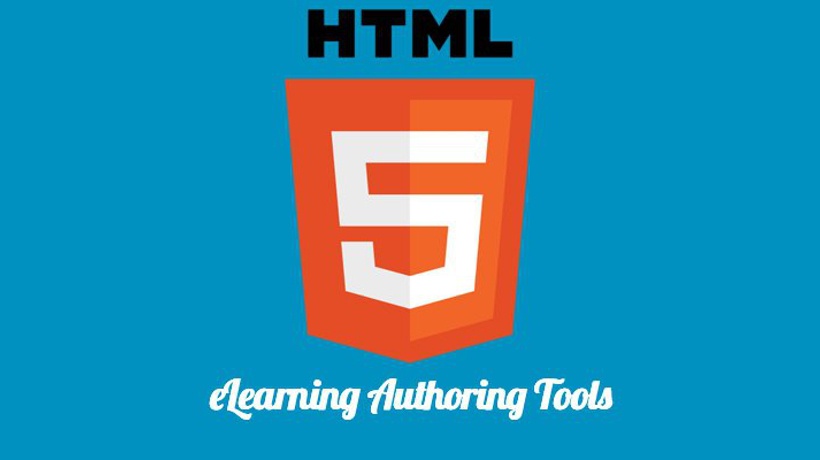Best Practices For eLearning Tools
eLearning has become a norm for training employees. Your employees must be highly trained if you want to sustain your business in highly competitive markets, and eLearning offers an effective solution for this. You can create learning materials according to your employees' needs and then distribute them effectively. So the first step to including eLearning is to get an appropriate eLearning tool.
If you are looking for ways to choose an eLearning tool, you have come to the right place. However, because there are several options, you may get confused. In addition, you may not need all the features, and some might be complicated to use. So in this article, you can read about how to find the right eLearning tool.
How To Find The Right eLearning Tool
Read on to know what to consider before choosing an eLearning tool to create content.
1. Usability
Any software must be easy to use. A complex eLearning solution may have more features; however, you may not need all of them. It might also hamper your productivity if it is complicated to use with lots of unnecessary features. When choosing an eLearning software, look for one that requires minimal technical expertise. Additionally, the tool must be easy to learn. Finally, you need to be able to make the course content quickly, and that is impossible if you take a lot of time to learn how to use the tool.
2. Features
Simplicity doesn't mean that you have to compromise on the essential features of the eLearning tool. It must be sophisticated enough to build interactive content that is more than just a video clip or flash. The following features are signs of a good eLearning tool:
- Audio recording and editing tool
An integrated audio recording tool will make adding sound very easy. - Templates
If you have prebuilt styles and color combinations, you can quickly make pleasing course content. - Learning agents
It must have an inbuilt AI that can predict the user's behavior and recommend the learning plan accordingly. - Situation creators
There must be features in your eLearning platform where you can create simulated environments. It will make the learning more interactive.
3. Flexibility
You might be providing different kinds of training. For example, your software department and your sales department training will not be similar. This means the eLearning tool must have options to create many types of content. Another factor that improves flexibility is reusability. If you need to use content in a different course, you must be able to do that quickly.
4. Development Time
Time is a crucial factor for companies. So you must be able to create learning content as quickly as possible. Tools that have templates can significantly improve the development time.
5. Asset Library
Besides templates, the eLearning tool must also have an online asset library. It will make your life a lot easier if you can find usable images, characters, videos, and music. You can then quickly select and use the images appropriate for the content.
6. Multiple Language Support
You may have a global workforce. This means you need to create learning content in several languages. So multilingual support is essential, and you must be able to make learning materials in different languages quickly.
7. Budget
Cost is the primary factor for the reduction in the quality of corporate training. Even if you love an eLearning tool, if you can't afford it, you won't use it. The cost of an eLearning tool can vary depending on the number of features and users. It could be subscription-based or a one-time purchase. If you don't plan to use the software heavily, subscription-based ones are more economical.
8. Customer Support
Any software may have usability issues, so choose a vendor that has robust customer support. You must be able to contact them at any time, and they must be efficient.
FAQs
- What features are necessary for an eLearning software?
The features of an eLearning tool depend on the business. However, they should all have a great User Experience. They should be easily accessible and have an excellent level of interactivity. Additionally, they must have security features. They must also be highly customizable. - How to create content?
General tips on creating content are as follows:- Break your content material into modules.
- Ensure maximum use of multimedia to improve engagement.
- Interactivity is another factor that improves engagement, that you must consider while creating content.
- Can an eLearning tool support many types of media?
Yes, ideally an eLearning tool must support several types of media. These may include pdfs, animations, videos, music, and simulations. Additionally, an eLearning tool may also accept games. - Can you create eLearning content for people with different learning styles?
Yes, you can create eLearning content for people with different learning styles. This is why an eLearning tool needs to support several types of media. Some people like reading, some enjoy watching, and others may like doing, and you can create eLearning content for all of them. - How does eLearning software benefit a business?
Training is essential in industries, and it is necessary to do it efficiently. An eLearning tool and LMS are crucial for creating personalized content for employees, and to distribute them effectively.









